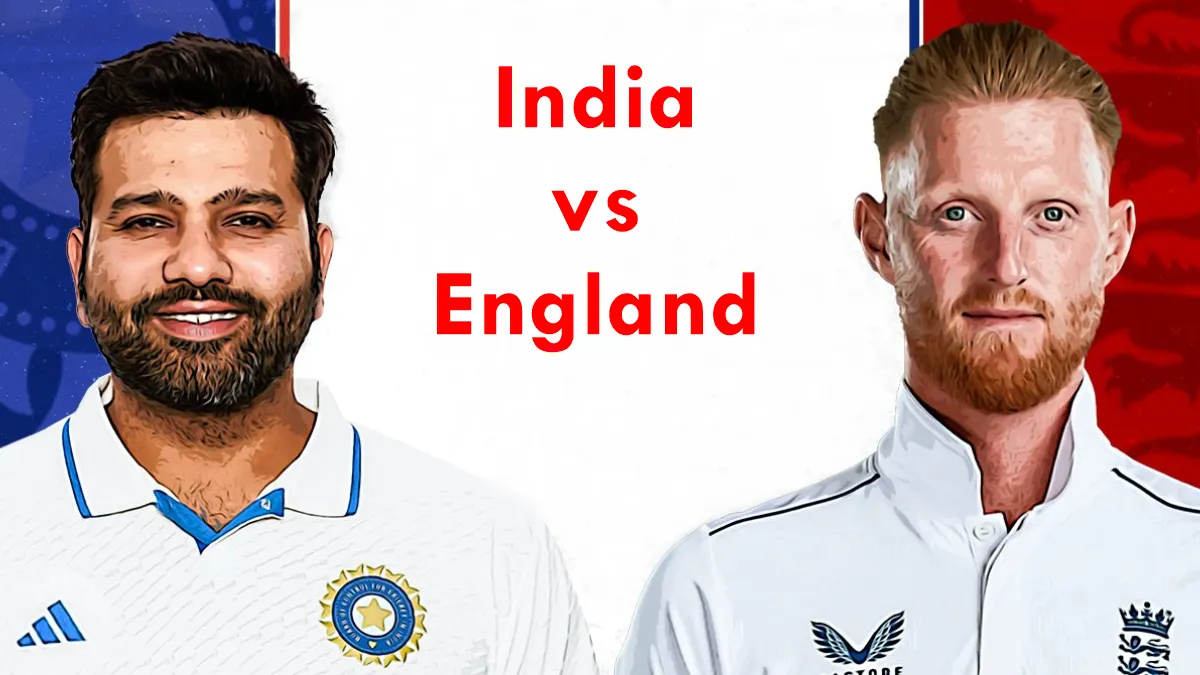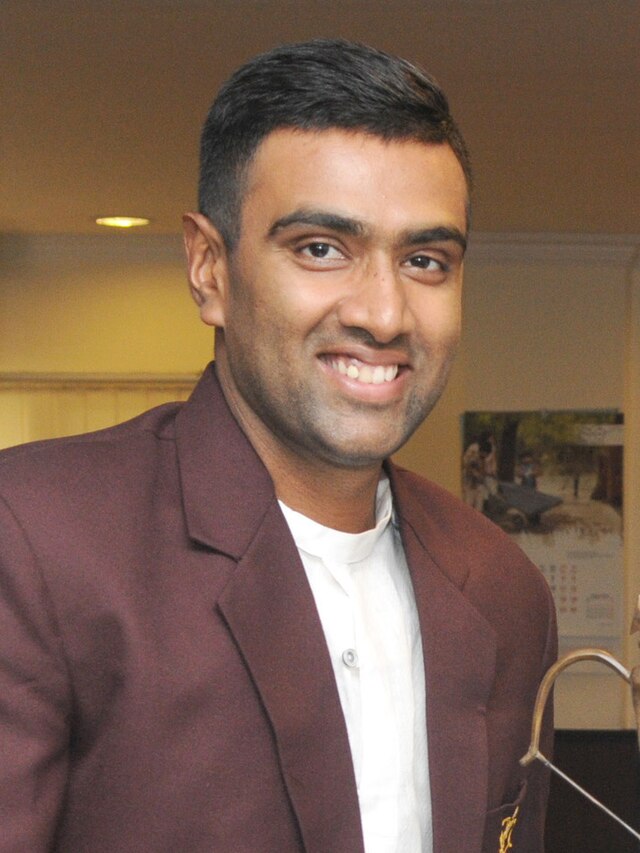“India is supposed to go to Sri Lanka for three ODIs and five T20Is”. These were the words of the BCCI president Saurav Ganguly. It definitely came as a bolt from the blue. With the Indian team set to tour England, no one, perhaps not even the Sri Lankan board expected India to travel to Sri Lanka. However, there it is. While one Indian team will be travelling to England for the World Test Championship finals followed by the series against England, another Indian team will travel to Sri Lanka for a series of limited over games during the same period. Suddenly, it hit me. Perhaps, the BCCI have found a genuine model.
The BCCI have really found an ingenious way of not only honouring its commitments but to also ensure enough exposure to the Indian players. Let me try to explain this further. The Indian team that will be touring Sri Lanka is certain to contain more than a few regulars. Dhawan, the Pandya brothers, Kumar, Chahal, Shreyas are some of them who have been part of the ODI teams for way too long. Ishan Kishan and Surya Yadav made their debut recently as well. Infact, some of these players were not too long ago were part of the test team. Obviously, it is not possible to select these players for England because others have performed in Australia and against England. BCCI have thought of a method to keep them engaged.
BCCI’s commitment to Sri Lankan cricket
BCCI had a commitment to tour Sri Lanka in July for 3 T20s based on the ICC future tours programme. They have agreed to play an additional 3 ODIs to offset some of the loss that the Sri Lankan board have suffered because of lack of cricket over the year. To the surprise of the BCCI, India is having more than sufficient players of quality. They are more than capable of holding their own against weaker opponents. This will not only give the players much needed match fitness but will also ensure that they are fit and in form whenever called for. Otherwise, these players will be at home not doing much which will hamper their progress and eventually it will affect the Indian team.
Whether which team must be called senior and which team junior, I will not comment on that. They both are Indian teams and that is all that matters. However, this could really be the future.
Australia have done this before
Ofcourse, the whole idea of a second team is not new. Australia have tried this, rather unknowingly, a couple of decades ago. Back in 1994, it was a time when Australia had at the services more than a couple of dozen players ready to step into the team anytime. During the annual World Series, because the opponents, England and Zimbabwe were thought to be weak for an all-conquering Australian side, the Australian board introduced an Australian A side to complete with the Australian side. To prove them correct, the finals was indeed played between these two sides. That tournament clearly showcased the talent at the Australian board’s disposal.
It is still a surprise why the Australian board did not take this forward. They could have easily had a couple of parallel Australian teams during that period. It would have ensured that some of the careers that were never fulfilled because of lack of spots in the original Australian team would have had a chance to fulfil their dreams. The likes of Lehmann, Blewett, Moody, Stuart Law and a few others could have a had a career to their satisfaction.
This sort of team against weaker opponents
Coming back to India, this is an experiment worth trying. Sri Lanka even at their home, is only a shadow of how good they were during the likes Sangakkara, Murali & Jayasuriya. They have recently lost a series to Bangladesh. Most of their current players are rather inexperienced. The above Indian team with few more additions, will be more than a match for Sri Lanka. It will not be a surprise if India wins all the games.
The BCCI must carry forward this approach in the future as well. An alternate team with white ball specialists must be allowed to play the likes of Sri Lanka, Bangladesh, West Indies, Ireland and Afghanistan. This will give much required respite for Kohli, Rohit, Pant and others who will otherwise be required to play in most of the games. It will ensure that the careers of Pant, Kohli, Rohit, Bumrah, Shami and a few others who used to play in all the formats, extended by 3-4 years because of the less volume of games.
This will also be a bonanza for the broadcasting companies. With India being such a hot commodity, they will get more air time from the Indian team. This will mean the BCCI will be in a position to demand a premium from the broadcasters. For countries like West Indies, Sri Lanka and the rest, who are financially in serious trouble, this will come as a blessing in disguise. They will want to play this Indian team even if minus the mega stars quite often. In their own way, BCCI can save these boards and their players though it is not their responsibility. BCCI can give back to the international community which will only change the perception that they are being held now. Will the BCCI listen?
Keeps the reserves ready
One major advantage of such multiple teams is that whenever there is a need in the test team, someone from the second team will be ready to play. This was adequately demonstrated during the tour of Australia. It was the reserve players who helped India win the series.
Can other boards follow such an approach?
It may not be practical for other boards. Maintaining 2 completely different teams and sending them on constant tours will require lot of financial muscle. It is something not all the boards can afford. India, certainly. England & Australia, there is a chance. Others, perhaps not. Sri Lanka, West Indies, Pakistan boards are struggling to maintain a single team. Salary for the Sri Lankan players are outstanding for awhile. Atleast if India can send their second team on tours to these countries, these players will be paid.
This must be the future
The increase in the volume of games, the constant travel, hotels, flights, the pressure of performing and not to mention the mental pressure of being under the bubble. Considering all of that, if the Indian tour proves successful and if the BCCI decides to carry forward this approach, maintaining multiple teams, will be the future. The future is exciting. Ofcourse, we the fans, will perhaps be fatigued from the constant games.
What do you think of this strategy by the BCCI? Do you want the board to continue with this and maintain parallel teams? Please let me know.
Other topics related to BCCI can be read here, here and here.



